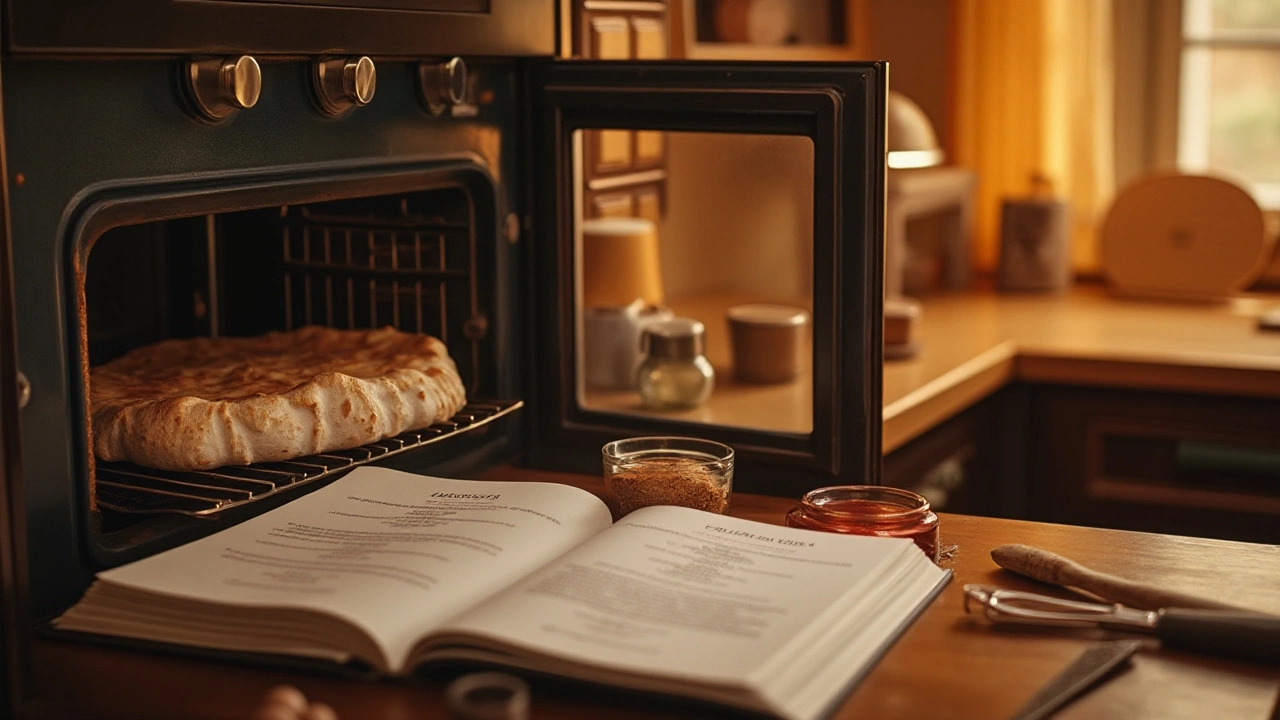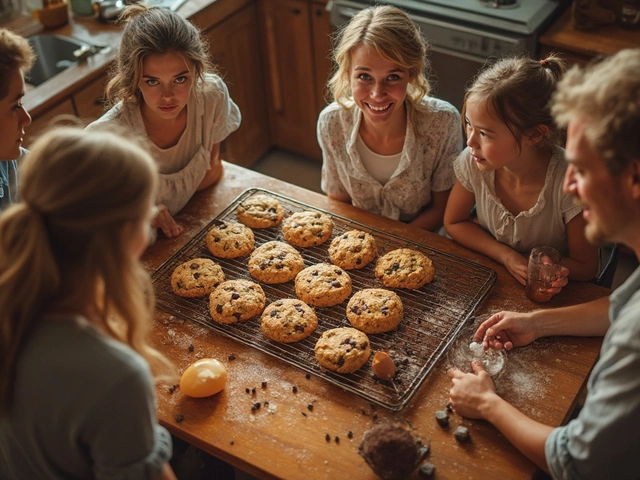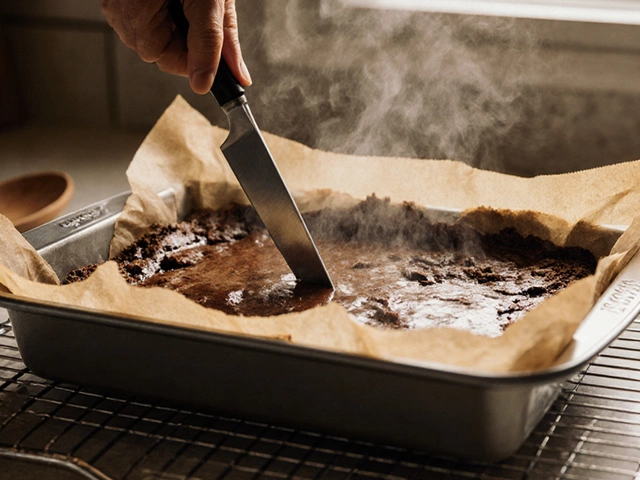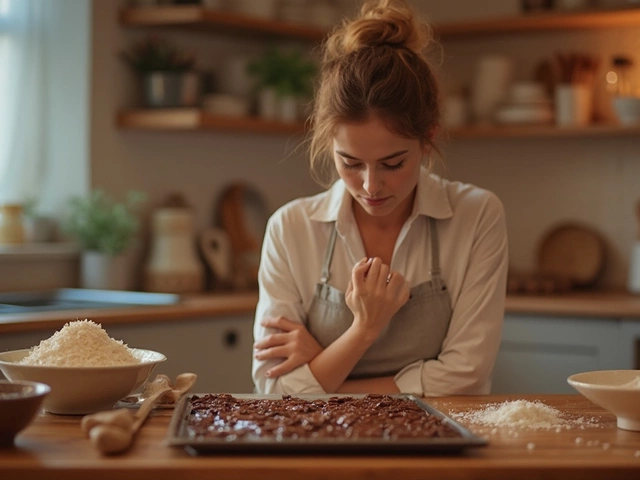Oven Tips: Simple Tricks for Perfect Baking Every Time
Ever pull a tray out of the oven and wonder why it didn’t turn out right? Most of the time the answer isn’t a bad recipe – it’s the way the oven works. Below are the most useful, no‑nonsense tips that will make your cakes, cookies, brownies and fudge come out exactly as you expect.
Master the Right Temperature
Temperature is the biggest factor in any bake. Most home ovens run 10‑15°F hotter or cooler than the dial shows. Keep a cheap oven thermometer on the middle rack and check it regularly. If a recipe asks for the "soft‑ball stage" for fudge, aim for 235‑240°F (112‑115°C). The same thermometer will tell you when you’ve reached the perfect cookie bake – usually 350°F (175°C) – and it prevents those burnt edges that happen when the oven’s hotter than you think.
Altitude changes the game, too. If you’re baking above 3,000 ft, raise the temperature by 25°F and cut the baking time by about 5‑10 minutes. A quick adjustment saves you from dry cakes and crumbly brownies.
Rack Position and Air Flow
Most people think any rack will do, but placement matters. For even browning, put the rack in the centre. If you’re baking delicate items like macarons or thin cookie sheets, move the rack one level lower – the heat is gentler and the cookies stay flat instead of puffing up.
Never crowd the oven. Air needs to circulate around each tray; otherwise the heat pockets create uneven spots. If you need to bake multiple trays, rotate them halfway through the time and swap front‑to‑back positions.
When you need a crisp top – think brownies or a caramel glaze – switch the oven to "broil" for the last 2‑3 minutes. Keep a close eye; the difference between a perfect crust and a burnt disaster is seconds.
Common Mistakes and Quick Fixes
Fudge turning grainy? That usually means it boiled too long or the sugar crystals weren’t dissolved. Use a candy thermometer, stop stirring once you reach the soft‑ball stage, and pour the mixture into a pre‑greased pan right away.
Brownies that look dry or have a strange texture? They might have cooled too long before being stored. Let them cool on a wire rack, then wrap them in parchment before sealing in a container. This keeps the crust soft and prevents them from drying out.
Cookies that don’t rise? Check your leavening agents. Baking soda needs an acidic partner; baking powder works best on its own. Also, a cold dough spreads less, giving you a puffier cookie. Chill the dough for 20 minutes before baking.
Keep Your Oven Clean and Calibrated
A dirty oven can cause hot spots and strange smells. Wipe off spills after each use and run a self‑clean cycle every few months. If you notice a consistent temperature offset, most ovens have a calibration screw or digital setting you can adjust – your thermometer will tell you if you’re on track.
Finally, trust your senses. If a cake looks done but the center still wobbles, give it another minute. If a crust is golden and the smell is sweet, it’s probably ready. Combining these simple tips with a little observation will turn your oven from a mystery box into a reliable baking partner.

Mastering Pavlova: Should You Leave the Oven Door Open?
Pavlova is a delicate dessert that requires careful attention during baking. The main question is whether to leave the oven door open during baking or not. This article explores the reasons behind this practice, shares tips for achieving the perfect balance of crispy outer and marshmallow-like interior, and highlights common mistakes to avoid. Readers will also discover interesting facts about the origins of pavlova and its variations around the world.
View More




